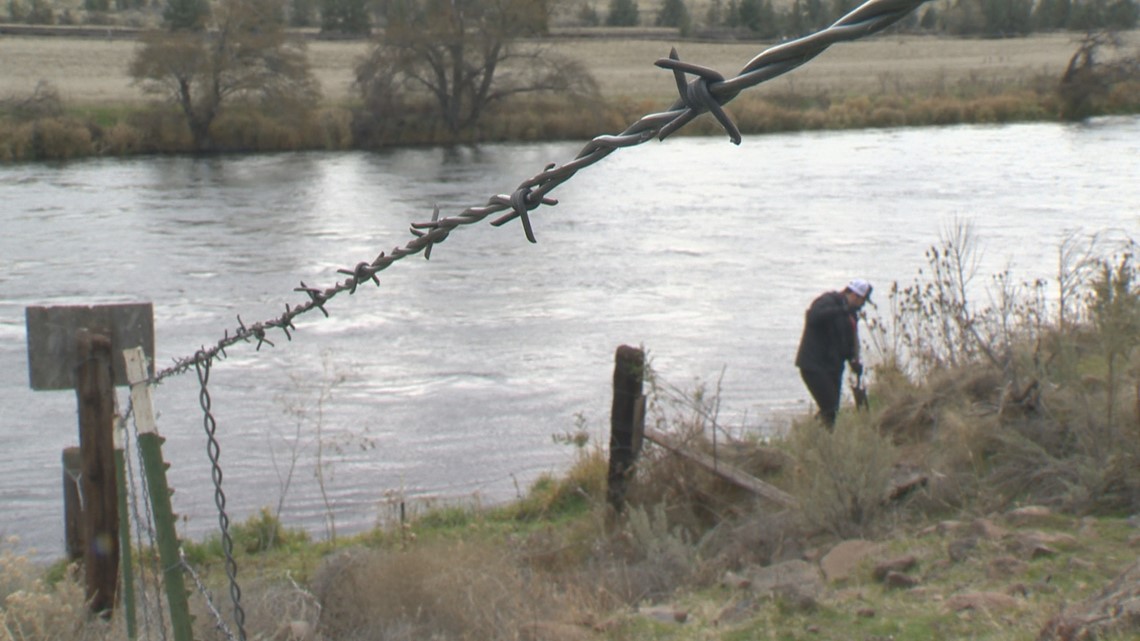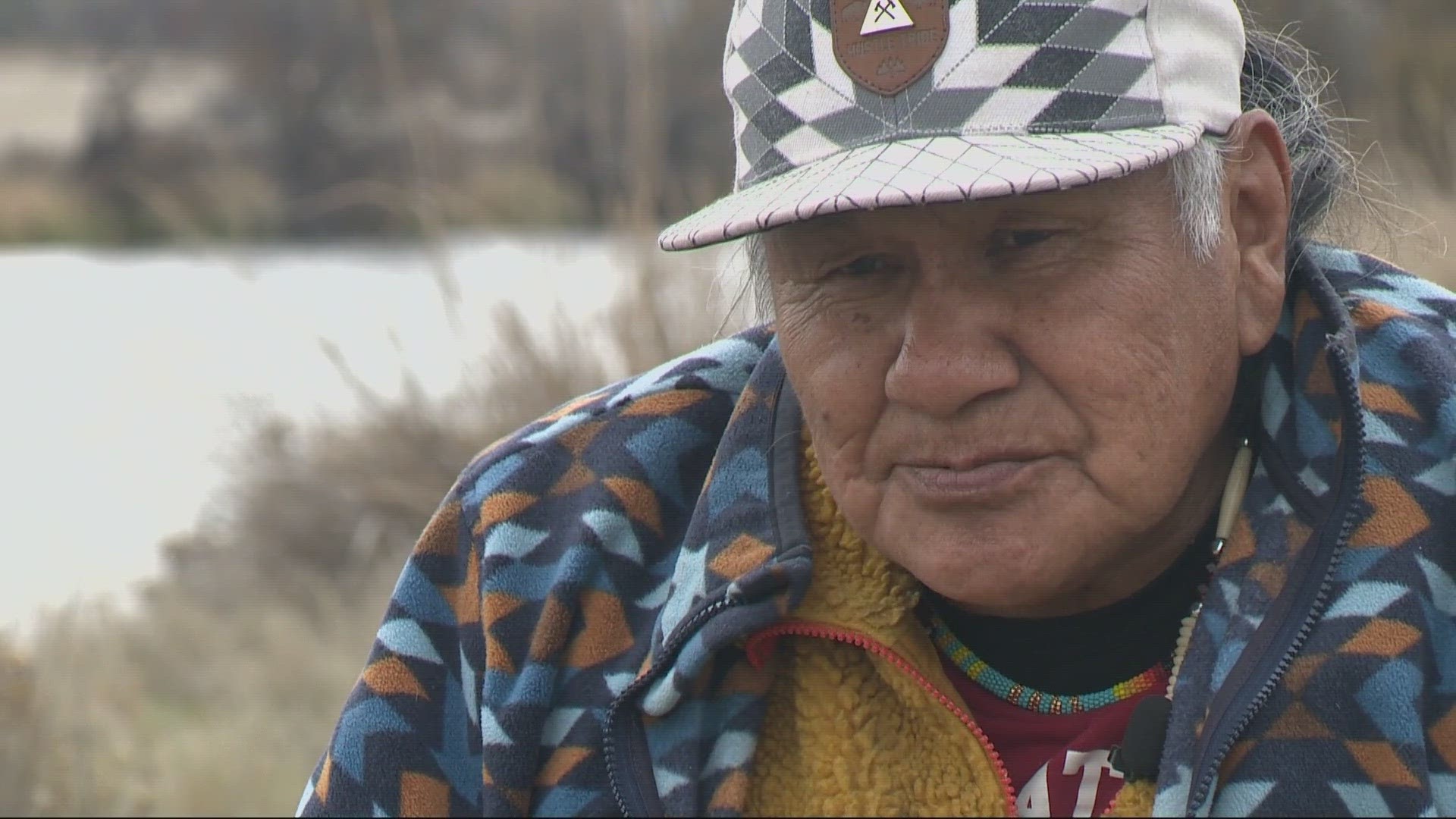WARM SPRINGS, Ore. — In this week's Let's Get Out There, we head to the Warm Springs Reservation, where tribal members are leading the effort to improve the land for future generations. Some of the work is needed to correct for manmade changes to the land, such as damage from wildfires.
Roots run deep on the Warm Springs Indian Reservation. Few have seen the land change like Confederated Tribes of Warm Springs elder Delson Suppah Sr.
“I've lived here all my life,” he said. “And I know pretty much all of our territory here.”
Juniper trees and other vegetation along the banks of the Deschutes River bear the scars of recent human-caused wildfires. More than 60,000 acres have burned over the last several years, including 30 miles of riverbank.
Elke Littleleaf and his wife Alysia Littleleaf own the Littleleaf Guide Service for fishing. Both are tribal members and grew up on the Deschutes, where they learned to fish. They’ve seen the land change as well, with some wildfires leaving lasting damage even after the flames went out.
“What they did is pretty much made the barren spots along the river. There’s just no more big trees. The trees helped stabilize the embankments,” Elke said.
In November, the Littleleafs organized a work party, inviting nonprofit Middle Deschutes Watershed Council, other volunteers and even some clients to plant trees to help restore a section of the river. Replanting will prevent erosion, helping the fish and the Littleleaf Guide Service, but the true motivation is to make sure the land is there for future generations.
“We're on borrowed time, and it's not about us,” Alysia said. “There used to be a tree here. There used to be lots of trees here. There isn't any more, so it's up to us to give back and restore and give that stability to these embankments and shade and structure for these fish.”


More than 100 plants were put in the ground at the event. Eventually, they'll grow and provide shade for fishing and the fish themselves, giving them a habitat where they can thrive. Some of the new plants are protected by temporary caging to make sure elk and other wildlife don't eat them before they have a chance to grow. Once the trees are big enough, the caging will be removed.
“We're not just going to worry about our own tribal side of the river. We're trying to be concerned with the whole thing, with both sides of the river,” said Elke. “Because us Natives, we look at our river system like it's our lifeblood, our veins.”


Suppah said he was overwhelmed by the work being done to restore his native land — hands from different roots and backgrounds, working together to make it better for future generations.
“It brings happy tears to my heart to see a beginning, to bring back what it used to look like here and what it needs to look like here,” Suppah said. “This is life. What I'm watching today is honoring and respecting this homeland.”
Let's Get Out there airs once a week on KGW's 4 p.m. newscast and The Good Stuff, which airs Monday-Thursday at 7 p.m. We're including viewer photos for this series. You can text your photos to 503-226-5088 or post them on the KGW Facebook page.

